Have you ever read a review for a bottle of wine and it mentioned something about being from the Premier Cru? Or maybe a friend has told you they prefer to drink Bordeaux from Pomerol or St. Emilion. If you’re at all familiar with wine, you’ve probably heard about different areas within the wine growing zones that produce wines said to be of superior quality and taste. In Bordeaux they break down the regions vineyards into ‘growths’ rated from first to fifth. Similar rating systems are found in Burgundy and Alsace allowing the best vineyards to put the term Grand Cru on their labels. The wine regions of Champagne and Beaujolais choose to rate the whole villages themselves rather than individual vineyards. All of these different sub regions are based off of terroir, a French word essentially meaning how the environment affects an agricultural product’s biological make up in regards to aroma and flavor. This also holds true in the Cognac AOC. As of today, there’s approximately 76,485 hectares (189,000 acres) of vineyards planted in the Cognac region. But how are they different?
Back in the mid-19th century, a gentleman by the name of Henri Coquand was hired by the French government to survey the land of Cognac and figure out why different areas produced different Cognac’s. In 1860, with a professional taster traveling with him (yes, that was a real job), he was able to begin mapping out the entire area based on soil composition and topography. Winegrowers and distillers had long recognized the differences between areas of land before Coquand did this, but his research led to a decree in 1938 that divided the Cognac region into six different zones or growth areas, called crus. Each one of these areas produce different styles of eau-de-vie based off of the geographical differences between them. These six crus are named Grande Champagne, Petite Champagne, Borderies, Fins Bois, Bons Bois, and Bois Ordinaires.
You might have seen some of these names on a label of Cognac already. If a producer uses eaux-de-vie only from one single cru in a blend then it can state as much. It might look like this: Appellation Cognac Grande Champagne Controlée. That means everything in the blend is from the Grande Champagne cru. But what’s the difference between a Borderies and a Bon Bois Cognac? What flavors are typically found in an eau-de-vie coming from Petite Champagne? Below, each area is broken down to give you a better idea of what to look for when tasting Cognac from different crus.
NOTE: Keep in mind when reading the stats below that when a peak age is referenced, that’s not a hard and fast rule. If it says ‘peak’ aging is at 30 years old for a specific cru, but you have a bottle that is only 10 years old, both can be great Cognac’s! These ages are an approximation of when an eau-de-vie reaches its maximum character and finesse.

Image provided by BNIC, www.cognac.fr
Grande Champagne
- Vineyards: 13,500 hectares (33,359 acres)
- Topography: Rolling hills
- Soil type: Shallow limestone and clay on top of chalk (a.k.a. Campanian)
- Percentage of annual Cognac production: 17%
- Notable expressions: Delamain Pale & Dry, Frapin XO Chateau de Fontpinot, Hine Antique XO, Rémy Martin Louis XIII
Grande Champagne, also called the Premier Cru, produces about 17% of the annual Cognac output in the region. The soil content is perfect for growing grapevines in that it has shallow limestone and clay on top of the nutrient rich chalk subsoil. In addition to the great soil, there are many hills allowing water to flow easily through the cru. Grande Champagne is located in the direct center of the Cognac AOC. The city of Cognac itself is located here, but just barely as the city is a stone’s throw away from Borderies and not much farther than that from Fins Bois. Jarnac and Segonzac are two other important cities in this cru.
Grande Champagne is definitely the most well-known and popular cru out of the six. Many consider this cru to be the best and produce far superior eaux-de-vie, which is reflected by the prices being the highest of any other cru for the raw eaux-de-vie and vineyards themselves. While it does make exceptional Cognac in the traditional sense, everything really comes down to personal taste. Eaux-de-vie coming from this cru possess extreme finesse. Floral elements are common as well as a full, long finish. Grande Champagne eaux-de-vie need a good amount of time to age before they’re ready. While there’s no exact time frame, most are said to reach their peak at around 35-50 years old. Some can even age well beyond that to 60+ years. The final product can be used in small amounts in blends to add length and finesse, but they’re at their best on their own in single cru, single vineyard, or vintage releases.
• • • • •
Petite Champagne
- Vineyards: 16,000 hectares (39,536 acres)
- Topography: A bit less hilly than Grande Champagne with several streams
- Soil type: Compact limestone and clay on top of chalk (a.k.a. Campanian)
- Percentage of annual Cognac production: 22%
- Notable expressions: Normandin Mercier VSOP Petite Champagne, Chateau de Montifaud XO, Bertrand XO
Petite Champagne produces around 22% of all Cognac annually. The soil is very similar to that of Grande Champagne, but the top soil is more condensed and still with chalk underneath, making it prime for grape cultivation. It’s also about twice the size, by area, of Grande Champagne. It shares borders with Grande Champagne, Borderies, and Fins Bois. There is a good amount of humidity and water flow through the cru from the slow-moving streams that are scattered around the land.
Eaux-de-vie from Petite Champagne is considered some of the best available since it has near perfect soil for grapevines. Floral bouquets are a very typical characteristic for Petite Champagne eau-de-vie, specifically white flowers. They usually present themselves as very delicate in texture and are known to have a shorter finish than other crus. Petite Champagne eaux-de-vie need a good amount of time in barrel before they’ve reached their peak, somewhere around 30-40 years. These can be used in blends to add those floral aromas and to create a softer final product, but Petite Champagne really shines well on its own, especially with vintage releases.
• • • • •
Borderies
- Vineyards: 4,000 hectares (9,884 acres)
- Topography: Plateau with lots of wooded areas
- Soil type: Clay and flint on top of chalk
- Percentage of annual Cognac production: 5%
- Notable expressions: Camus XO Borderies, Park Borderies Single Vineyard
Borderies is the smallest cru, by area, of the six and produces roughly 5% of the annual Cognac production. The soil here has a lot of clay and flint on top of chalky limestone and is very good for vine growing. The area lies to the northwest of both Grande and Petite Champagne and has the coolest temperatures of the crus due to its geography. Plus, it has quite a bit of humidity from the densely packed wooded areas.
Eaux-de-vie from Borderies is highly sought after by connoisseurs and producers. The typical aromas and flavors you’ll get here are delicate violets and lilac. They tend to also offer a lot of nuts and have a rich, oily texture to them. These tend to be very aromatic, as well. You can age Borderies for quite some time, but the peak is roughly around 25-35 years. It’s very common for producers to bottle Borderies on their own as they’re fabulous expressions, but they’re also frequently used to blend with both of the Champagne’s. Some producers will add small percentages of Borderies to their XO’s to give just a bit of texture and elegance.
• • • • •
Fins Bois
- Vineyards: 33,000 hectares (81,544 acres)
- Topography: Former woodlands, flatter open land
- Soil type: Red clay and limestone on top of some rocky subsoil (a.k.a. Groies)
- Percentage of annual Cognac production: 43%
- Notable expressions: Leyrat VSOP Réserve, Fevrier Réserve Familiale
Fins Bois is the largest cru, in terms of planted vines, and second largest cru by area. It produces the most Cognac annually than any other cru at around 43%. The soil in Fin Bois has a distinct red clay with limestone. This cru encompasses the majority of the northern and eastern areas of the Cognac AOC as well as a small section by the Gironde river to the south. The cities of Angoulême and Aigre lay within Fins Bois to the east and north, respectively.
Eaux-de-vie made in the Fins Bois region are juicy with lots of stone fruit and have a very distinct grape aroma/flavor to them. Think of freshly pressed grape juice or the flavor of grape skins. It’s a bit hard to explain, but once you identify it, it will all make sense. Fruit blossoms are also a very common aroma coming out of Fins Bois. The eaux-de-vie here have a maximum age of around 20-25 years to reach their peak, but usually most houses don’t age them that long and choose to use them at younger ages in blends.
• • • • •
Bons Bois
- Vineyards: 9,000 hectares (22,239 acres)
- Topography: Valley’s and flat land
- Soil type: Rocky with clay and sand, minimal limestone (a.k.a. Loamy)
- Percentage of annual Cognac production: 12%
- Notable expressions: Godet Single-Cru Bons Bois 15 Year
Bons Bois is the largest, by area, of all the crus. Yet it only produces about 12% of the annual output of Cognac. The soil here is marked by lots of sand and clay, but does have some small pockets of limestone where grapes can flourish. This cru essentially wraps around the inner four crus in all directions of the Cognac AOC with a small break to the south by the Gironde river and one to the north close to Aigre.
Eaux-de-vie coming from Bons Bois is mostly used in blends, especially younger ones. Very little aging is needed for Bons Bois eaux-de-vie to reach their full potential, about 15 years seems to be the sweet spot. The flavor profile will be very round and full of rich, tropical fruits. Unripe or green fruits and vegetal flavors are often found here, as well. Eaux-de-vie from Bons Bois is also commonly used for making Cognac based liqueurs. Since a bunch of sugar and flavoring is going to be added, you wouldn’t want to spend the extra money on a Grande or Petite Champagne to just have it covered up. Also, the fortified wine Pineau des Charentes is frequently produced from this cru, which is a mixture of grape must and raw eau-de-vie that is then aged.
• • • • •
Bois Ordinaires/Bois à Terroir
- Vineyards: 1,000 hectares (2,471 acres)
- Topography: Mostly coastal land including two islands
- Soil type: Sandy and rocky
- Percentage of annual Cognac production: 1%
- Notable expressions: Augier L’Océanique, Camus Ile de Ré Cliffside Cellar
Bois Ordinaires is the most underappreciated cru out of the six. Even its name is just “ordinary.” Having an area larger than Grande Champagne, Petite Champagne, and Borderies combined, it stretches along the Atlantic coast of the Cognac AOC to the Northwest as well as a very tiny section inland to the Southeast. The soil is mostly sand and rocks, which don’t make for ideal growing conditions. The famous port city of La Rochelle is located within Bois Ordinaires to the northwest and Rochefort to the west. Much like Bons Bois, eau-de-vie made here requires very little aging before it reaches its peak, around 10-15 years maximum. Bois Ordinaires is often overlooked because of these factors and rarely used, especially by the big houses.
Even though Bois Ordinaires has the least amount of vineyards planted than any other cru and only accounts for 1% of the annual output of Cognac, it offers something special. There’s a distinct maritime influence in these Cognac’s. Think of a briny, seaweed type aroma and flavor you might get in a single malt Scotch from Skye, Jura, or Orkney. The close proximity to the ocean is the culprit. The strong sea breeze and the splash of the water against the cliffs all help to achieve this. It’s the same with eaux-de-vie coming from Bois Ordinaires. The two islands of Ré and Oléron are legally in the Cognac AOC and have some vineyards planted on them creating incredibly unique eaux-de-vie.

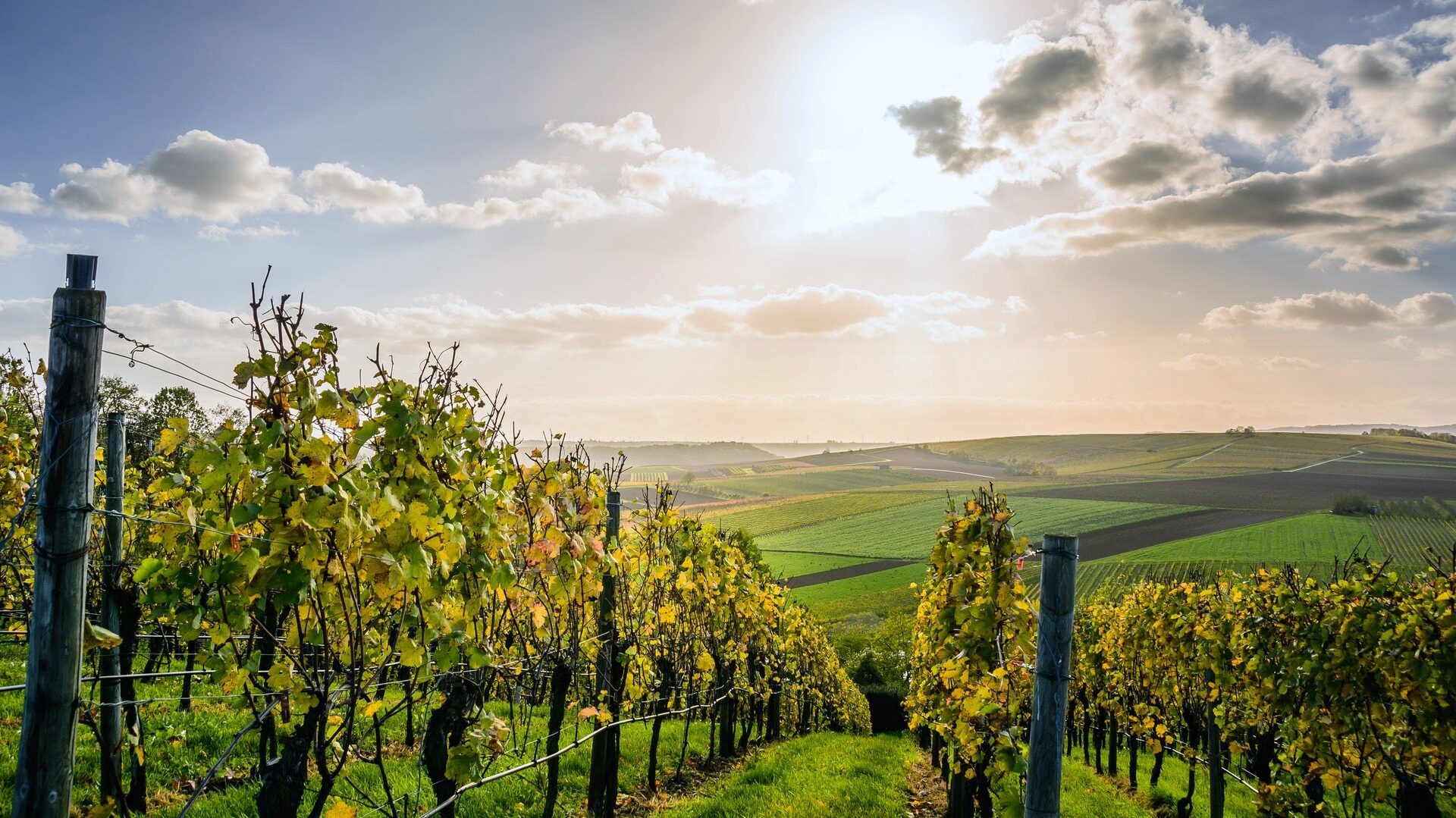
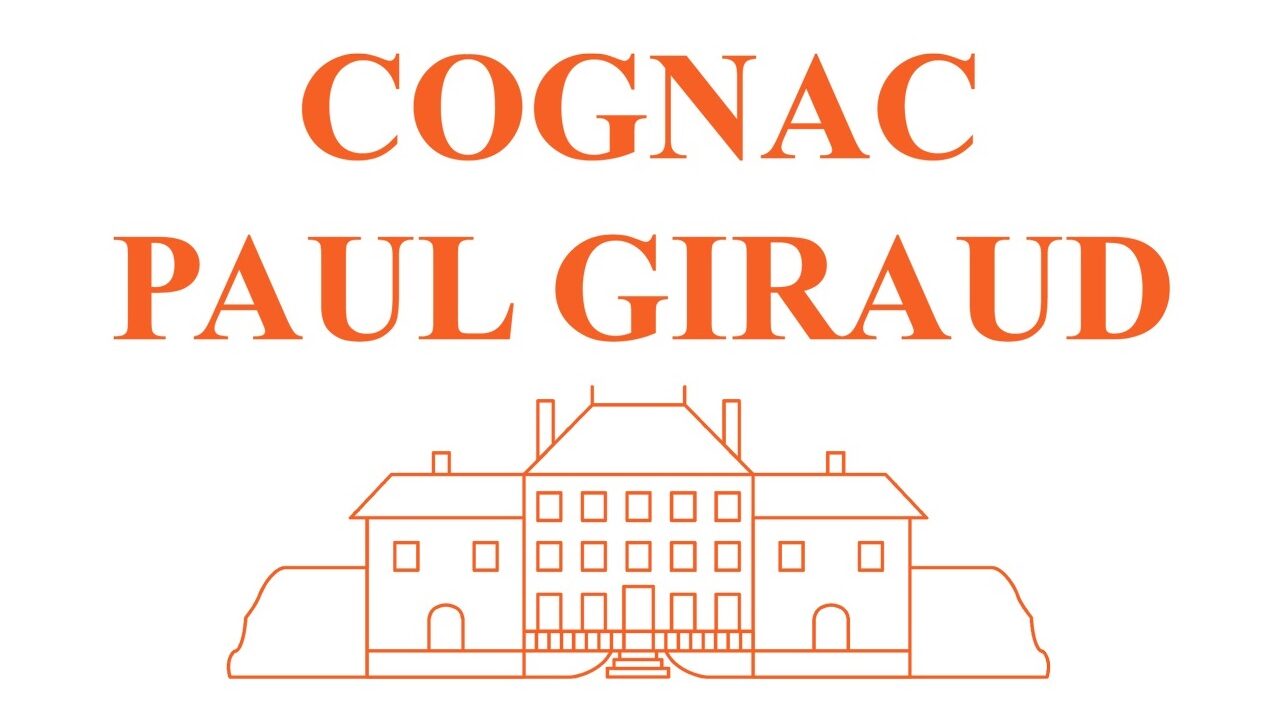
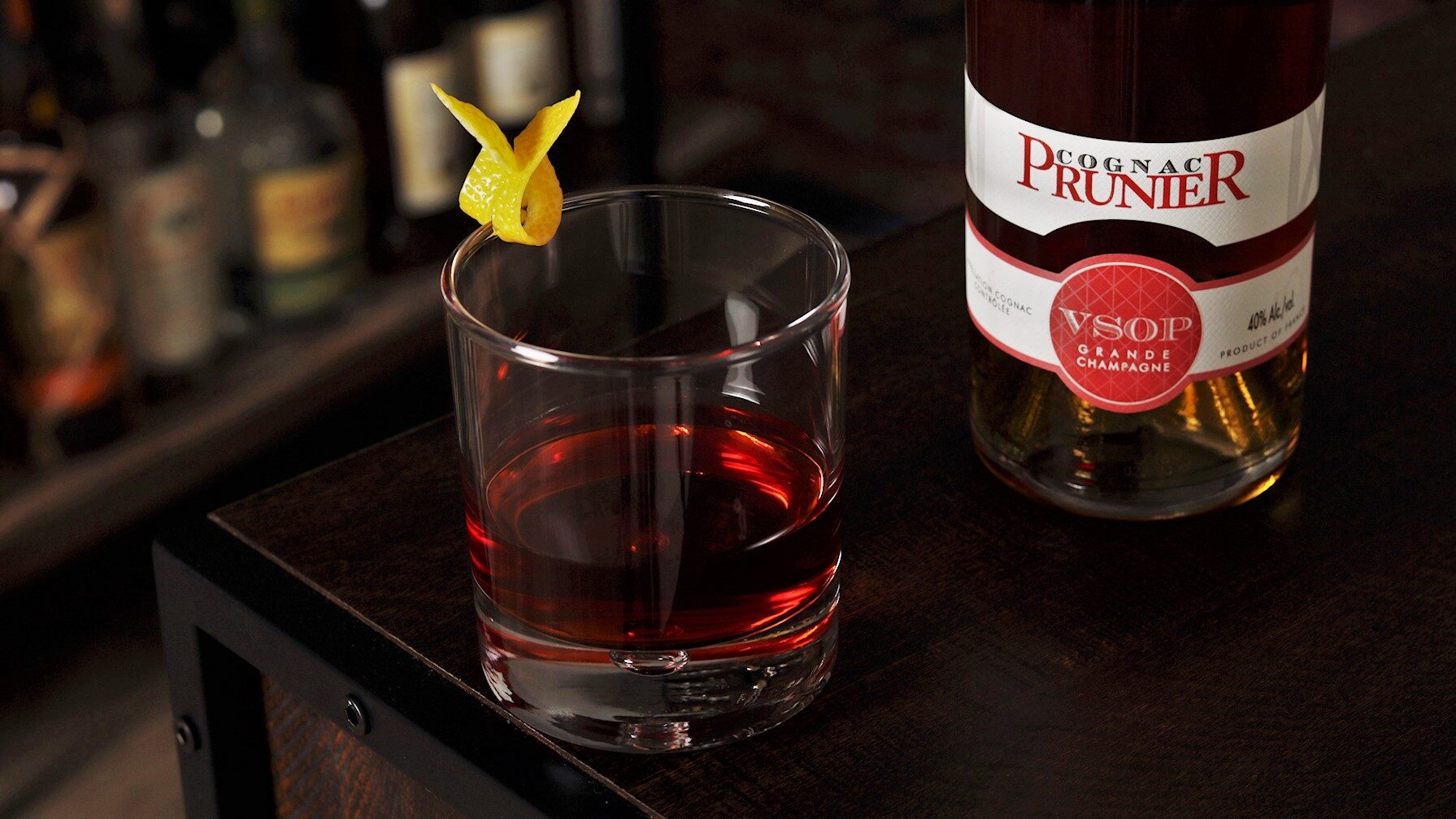
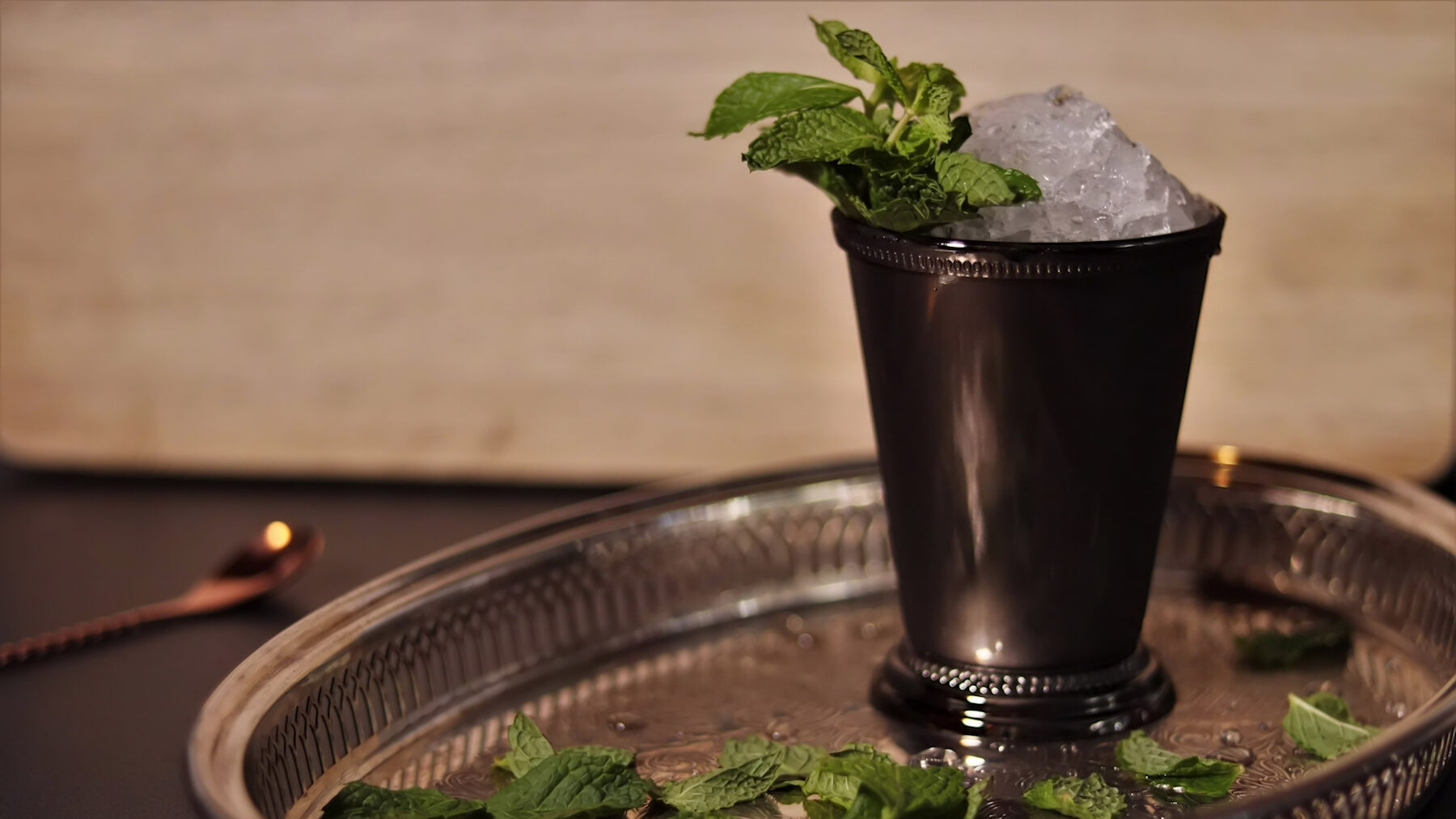
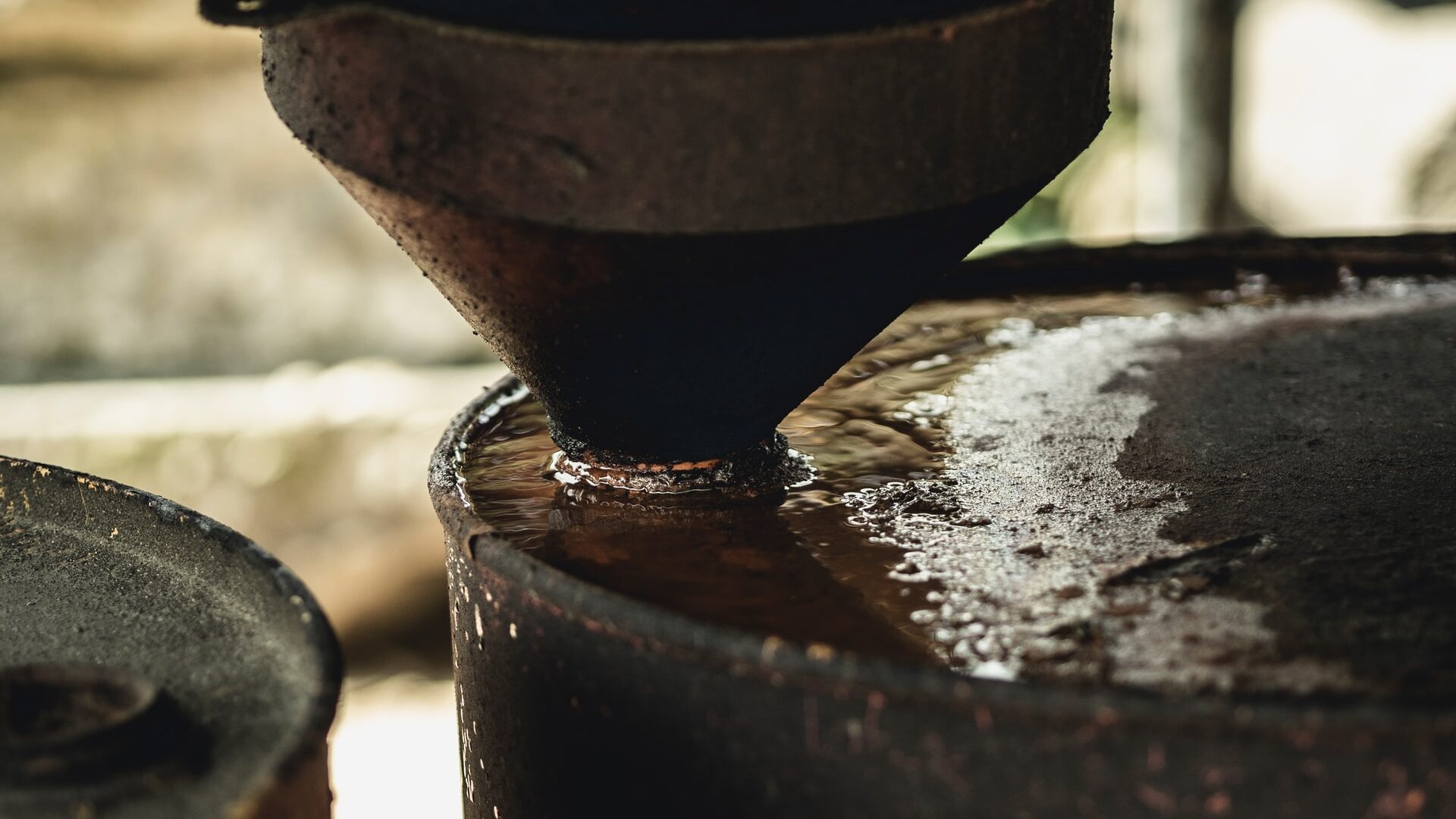
Awesome read some more details would be great too. Nevertheless I love this article